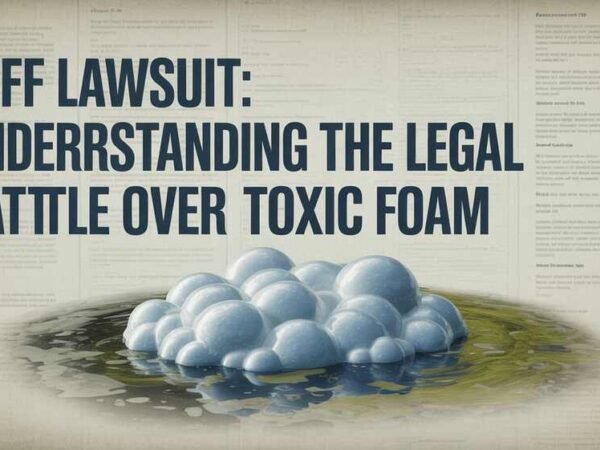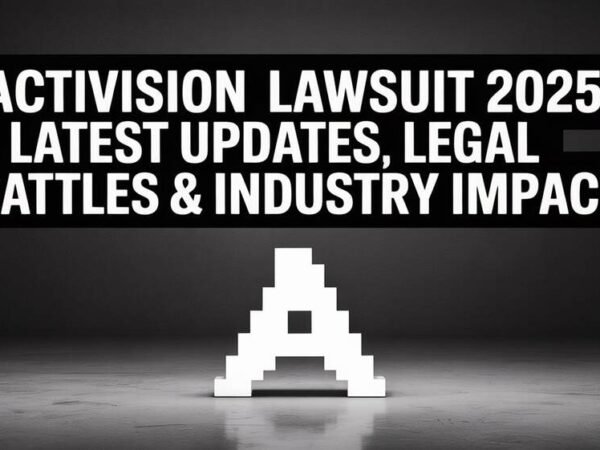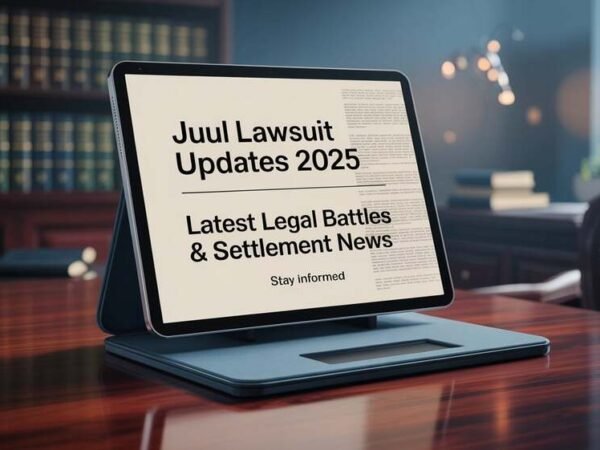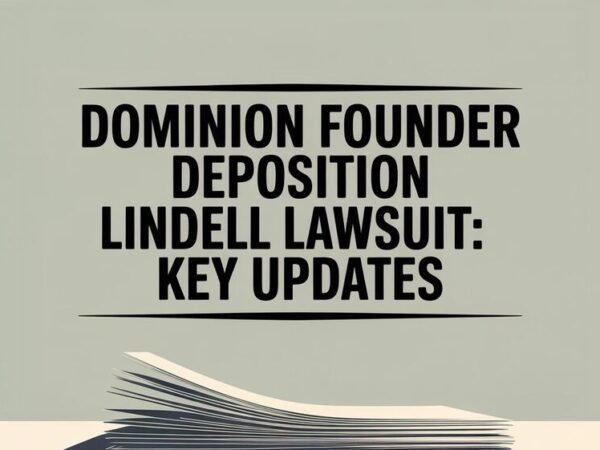Headline Introduction
The bottled water industry has long been associated with images of crystal-clear mountain springs and untouched natural sources. Yet, in recent years, one of the biggest names in the bottled water business, Poland Spring, has found itself at the center of a legal storm. The Poland Spring Water lawsuit has garnered national attention by questioning the authenticity of the company’s “100% Natural Spring Water” claims. Allegations of false advertising, consumer deception, and regulatory loopholes have turned this case into a landmark battle between corporate marketing and consumer truth. As the lawsuit gains momentum in 2025, consumers, legal experts, and environmental watchdogs are paying close attention.
What Sparked the Poland Spring Lawsuit?
The controversy dates back to 2017 when a group of consumers filed a class-action lawsuit against Nestlé Waters North America, the then-owner of Poland Spring. The plaintiffs alleged that the brand’s popular bottled water did not originate from authentic natural springs as advertised. Instead, they claimed it came from ordinary groundwater sources that were not compliant with the U.S. Food and Drug Administration’s (FDA) definition of spring water.
Over the years, the case has evolved, with changes in ownership complicating the narrative. Nestlé sold its North American bottled water business to a private equity firm in 2021, which later merged the operations into BlueTriton Brands. In late 2023, BlueTriton was acquired by Primo Water Corporation. Despite the changes, the legal battle has persisted, gaining fresh relevance in the face of increasing consumer awareness about sustainability, corporate transparency, and health.
Key Legal Allegations Explained
At the heart of the Poland Springwater lawsuit are serious allegations of false advertising and consumer fraud. Plaintiffs argue that Poland Spring misled millions of customers by branding its product as “100% Natural Spring Water,” when, in fact, the sources of the water allegedly fail to meet the legal criteria for spring water. According to FDA regulations, spring water must flow naturally to the earth’s surface or be collected at the point where it emerges from a spring.
However, the lawsuit alleges that several of Poland Spring’s water sources are nothing more than drilled wells or human-made facilities that do not tap into naturally flowing springs. In essence, consumers were allegedly paying premium prices for a product that did not deliver the purity and natural quality it claimed to have.
Defendants’ Response & Legal Defense
In response to these accusations, Poland Spring and its parent companies have firmly denied any wrongdoing. The defense team argues that the water sources used are legally compliant and that the company meets all applicable federal and state regulations concerning bottled water labeling. They claim that the water is sourced from underground formations that meet the scientific and regulatory standards for springs.
Company spokespeople have highlighted the rigorous testing and approval processes involved in their sourcing operations. They also assert that government agencies have inspected and approved their collection sites. Furthermore, legal filings emphasize that the term “spring water” can be legally applied based on broader geological and hydrological interpretations, challenging the plaintiffs’ stricter interpretation of FDA rules.
Recent Court Rulings & Legal Milestones (2024–2025)
One of the most significant developments in the Poland Spring Water lawsuit came in late December 2024 when a federal judge refused to dismiss key parts of the case. This ruling allowed the core misrepresentation claims to proceed to discovery, a significant win for the plaintiffs. The judge did, however, dismiss some counts, such as the demand for labeling changes, citing insufficient evidence.
By early 2025, the case had entered a critical phase, with the court preparing for the exchange of documents, expert testimony, and depositions. Legal experts note that this phase could unearth crucial evidence regarding how Poland Spring collects, processes, and markets its water. The lawsuit is now expected to proceed to trial unless a settlement is reached, keeping it firmly in the public and legal spotlight.
Expert Testimonies & Scientific Evidence
Central to the lawsuit are expert opinions from geologists, hydrologists, and environmental scientists. One expert from Syracuse University has testified that many of Poland Spring’s so-called spring sites are manufactured or manipulated sources, drawing water that would not otherwise surface naturally. These testimonies support the argument that Poland Spring’s operations may violate the FDA’s definition of spring water.
Scientific analysis and site inspections have also raised concerns about the environmental impact of Poland Spring’s extraction practices. Critics argue that heavy water extraction may be harming local ecosystems and diminishing the flow of actual springs. This layer of environmental scrutiny has added depth to the legal proceedings and amplified public interest.
What This Means for Consumers
For everyday consumers, the Poland Spring water lawsuit raises serious questions about product labeling and trust. Millions of Americans choose bottled water, believing it to be a healthier and purer alternative to tap water. If Poland Spring is found guilty of misleading practices, it could trigger widespread skepticism toward the entire bottled water industry.
Consumers may also be eligible for compensation depending on the outcome of the case. Class action lawsuits often result in settlements that provide refunds or coupons to affected buyers. More importantly, the case could set a precedent for stricter labeling standards and regulatory oversight, pushing companies to offer greater transparency in how they source and label bottled water.
Potential Outcomes & Future Developments
Looking ahead, the Poland Spring water lawsuit could take several paths. A settlement is possible if both parties agree on financial compensation and revised labeling practices. Alternatively, the case could proceed to trial, with a judge or jury ultimately deciding the company’s liability.
The legal scrutiny may also lead to broader regulatory reviews. Lawmakers and consumer protection agencies could push for tighter definitions and enforcement around “spring water” claims. In this way, the lawsuit could impact not just Poland Spring but also other brands in the bottled water industry, encouraging a shift toward honest marketing and environmental responsibility.
How to Identify True Spring Water Brands
In light of this controversy, consumers are increasingly interested in learning how to verify the claims made about bottled water. Genuine spring water brands typically provide detailed sourcing information on the label, including the geographic location and method of extraction. Look for certifications or endorsements from third-party environmental and water quality organizations.
Be cautious of vague marketing language, such as “natural” or “pure,” which are often unregulated and subject to interpretation. Investing in home filtration systems or using refillable bottles with tested municipal water can also be a safer and more sustainable alternative to relying on bottled products.
Conclusion: Why the Poland Spring Lawsuit Still Matters
The Poland Spring water lawsuit is more than a corporate legal battle—it’s a wake-up call for consumers and regulators alike. As we move further into 2025, this case highlights the importance of transparency, accountability, and environmental stewardship in the bottled water industry. Regardless of the outcome, it has already changed the conversation around what we drink and how it’s marketed. For consumers, it’s a reminder to look beyond the label and demand integrity in the products we trust with our health.
Stay informed, ask questions, and support brands that prioritize authenticity. The Poland Spring case may be just the beginning of a broader movement toward greater consumer protection and transparency in advertising.
Do Read: Juul Lawsuit Updates 2025 — Latest Legal Battles & Settlement News













